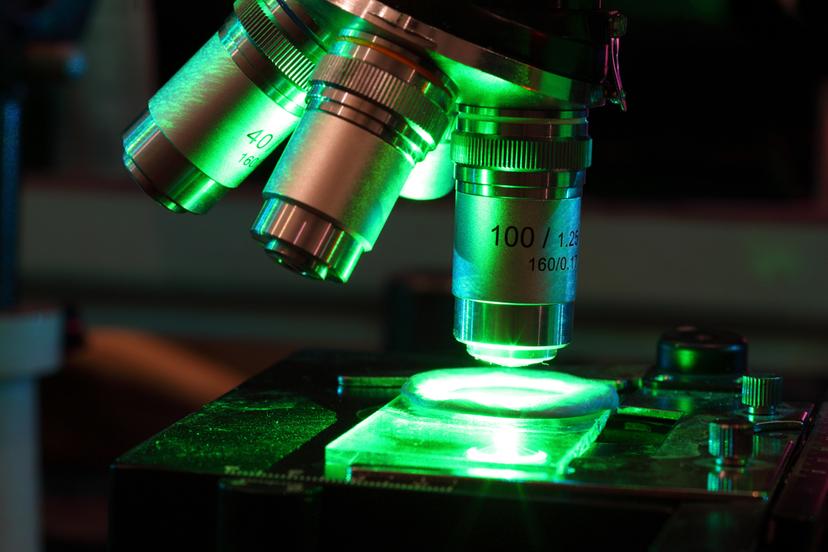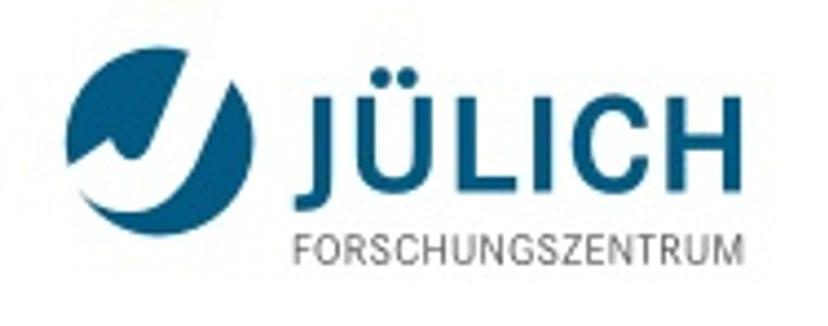Investigating the Energy Conversion Technologies of Tomorrow
The institute paving the way for the future of modern energy conversion
1 Sept 2016

Image -Shutterstock/Pavel L

Forschungszentrum Jülich is one of the largest interdisciplinary research institutions in Europe. Continuous strategic development ensures that it can successfully perform its tasks for society and the economy in a rapidly changing environment.
Dr. Egbert Wessel, is Head of Scanning and Analytical Electron Microscopy, Electron Probe Microanalysis and Micro-/Nanodiagnostics, at the Forschungszentum Jülich (Research Centre Jülich). In this interview, Dr. Wessel discusses the cutting-edge research being carried out at the Institute of Energy and Climate Research with SelectScience.
Can you tell our readers more about the Research Centre Jülich?
With more than 5500 employees, Jülich – a member of the Helmholtz Association – is one of Europe´s largest research centers. Our research aims to provide comprehensive solutions to the grand challenges facing society in the fields of energy and environment, information and brain research. Our aim is to lay the foundation for the key technologies of tomorrow.
One large department at Forschungszentrum Jülich is the Institute of Energy and Climate Research (IEK). This is the institute that I work for. The IEK investigates modern energy conversion technologies within the framework of climate and environmental protection. The energy sector topics that the IEK covers, ranges from photovoltaics and fuel cells, through nuclear fusion and nuclear safety research, right up to innovative coal and gas power plants as well as an overarching systems analysis.
My work is focused on microstructure and Properties of Materials which is concentrated in the institute IEK-2.
Can you explain more about your specific area of research in IEK-2?
Research at IEK - Microstructure and Properties of Materials (IEK-2) is focused on materials and component properties for the above-mentioned applications. The institute’s scientific expertise covers materials constitution and thermodynamic properties; mechanical, thermal and thermomechanical behavior of coated and uncoated ceramic; metallic high temperature materials for power plants, membranes and solid oxide fuel cells; and materials for future fusion devices.
A further research priority is high-temperature corrosion and corrosion protection in complex gaseous environments with and without corrosive deposits. Thermal shock investigations at ultra-high temperatures and heat fluxes are of great importance for materials and component qualification for the first wall of the future plasma International Thermonuclear Experimental Reactor (ITER).
Can you tell us in more detail about the different fields of research at the institute?
Materials mechanics:
With in-depth basic and application oriented research on correlations between microstructure and mechanical properties of metallic and ceramic materials, the section ‘Materials Mechanics’ of IEK-2 considerably contributes to materials development and improvement for flexible, high-efficiency energy conversion processes. The actual research work focuses on steels for power plant and fuel cell applications, Ni-superalloys, structural ceramics, mixed ion-electron conducting functional ceramics, thermal barrier coating systems for gas turbines, and reactive-brazed metal-ceramic compounds. Numerous projects involving partners from industry assure the direct transfer of the scientific results into application.
Corrosion and corrosion protection:
The research projects in the section ‘High Temperature Corrosion and Corrosion Protection’ of IEK-2, relate to the performance, degradation and protection of high temperature metallic materials. The main research interests include high temperature oxidation, high temperature corrosion in mixed gas environments, modelling of corrosion processes, corrosion life prediction and application of surface analysis techniques in corrosion science. The research topics are linked to materials behavior in a variety of practical applications, such as fossil fuel fired boilers, steam and gas turbines, plants in chemical industries and solid oxide fuel cells.
Fusion:
Controlled thermonuclear nuclear fusion is getting more and more attention as a long-term energy source, due to the inexhaustible fuel resources and its potential to generate energy without any significant CO2-emissions. With technology developed from the ITER project, magnetic confinement fusion is now entering a new phase to demonstrate its technical and economic feasibility.
A major aim of our research activities is to develop new materials, coatings and joints, and to characterize them with respect to their thermal and mechanical properties in a wide temperature range. Furthermore, the performance and degradation of plasma facing materials, and components under fusion relevant wall loads and neutron fluxes, is another important R & D subject.
Thermochemistry of materials:
The materials Chemistry group is engaged in thermodynamic characterizations of high temperature materials. The influence of process parameters like temperature, atmosphere and moisture on materials properties is investigated by means of basic science. The adaptability of scientific results towards process applications, is aimed within public funded projects as well as close cooperation with industrial partners.
Key competences of the materials chemistry group are determined by basic thermodynamic data of high temperature materials, as well as investigations of materials constitution. Computer aided thermodynamics and modelling procedures, as well as first principle calculations, are used to augment the understanding of the behavior of the materials properties and their microstructure progression.
Microscopy and Analysis (which is my field of work):
In the laboratory for analytical electron microscopy, microstructural investigations of metallic and ceramic materials are carried out.
The sphere of responsibility includes specimen preparation by conventional techniques and by focused ion beam (FIB) cutting; imaging of the microstructure by transmission electron microscopy (TEM) and scanning electron microscopy (SEM); high resolution imaging of crystal structure and crystal defects; phase and structure analysis by electron diffraction and evaluation of crystallographic properties; chemical microanalysis by energy and wavelengths dispersive X-ray spectroscopy (EDX/WDX), and by electron energy loss spectroscopy (EELS), combined with energy spectroscopic imaging (ESI, EFTEM).
What instrumentation do you use in your laboratory?
- High resolution SEM and FIB: ZEISS Supra 50 VP, with EDX and WDX capabilities, and in-situ mechanical test facility
- ZEISS Merlin, with EDX, EBSD and Cathodoluminescence detection capabilities
- ZEISS Merlin, with windowless EDX, EBSD and in-situ Atomic Force Microscope (AFM) detection capabilities
- ZEISS Auriga Focused Ion Beam, with EDX and EBSD detection capabilities
- High resolution TEM: ZEISS Libra 200 Cs, with EDX and EELS detection capabilities
What technological advances do you think will revolutionize the field of materials analysis?
I think that the future of materials research lies in microanalysis in 3D at atomic level; elemental analyses in TEM and SEM with high count rates (fast) like EDX but with a spectral resolution like WDX; and in the ability to combine methods (SEM and AFM, correlative microscopy with X-ray tomography and Scanning Electron Microscopy/Focused Ion Beam).
